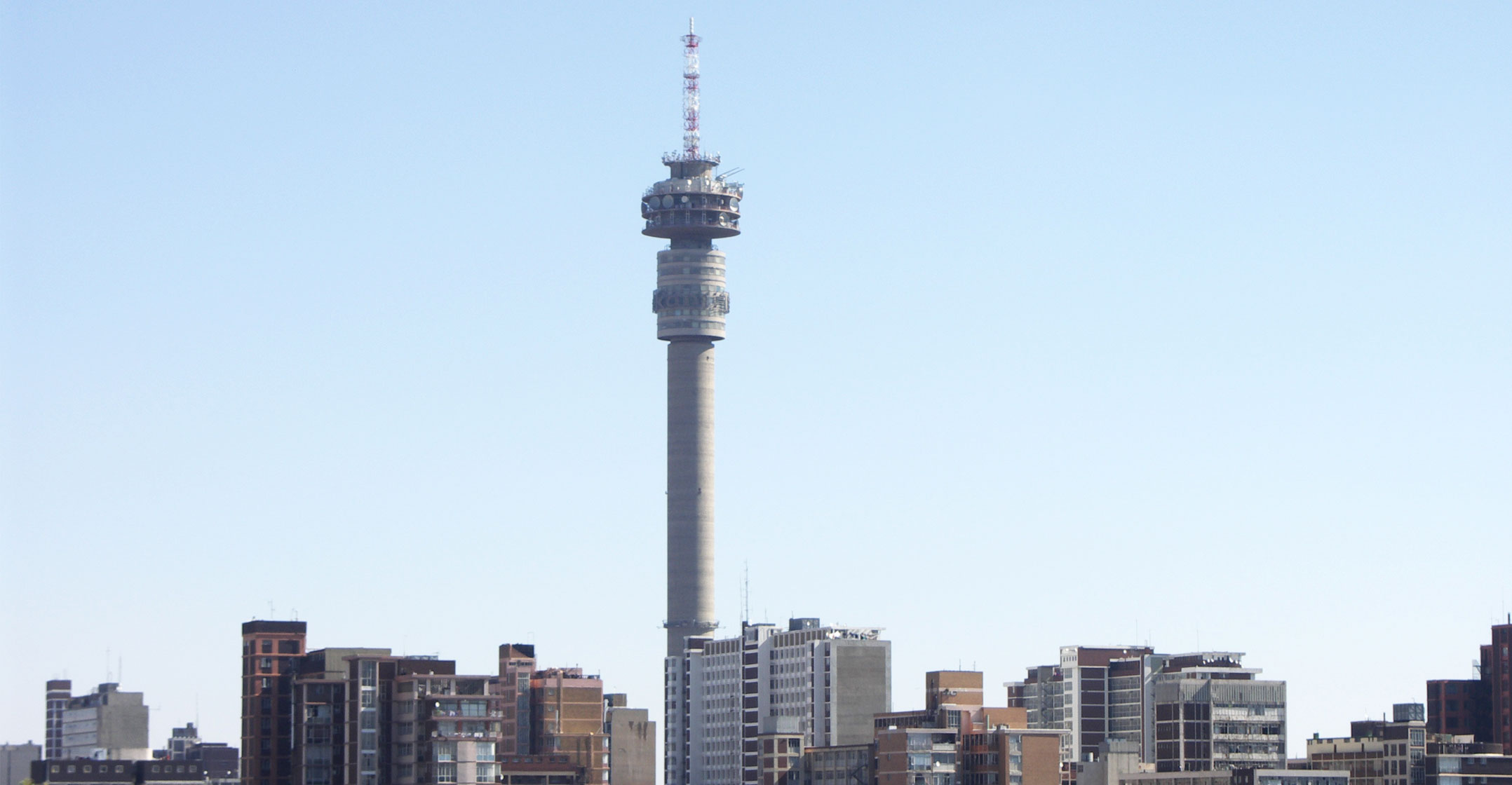 Some Johannesburg residents took to social media at the weekend to about complain that the intensity of load shedding across South Africa’s largest city. They said it felt closer to stage 8 than stage 6, and suggested that the city’s grid could be close to collapse.
Some Johannesburg residents took to social media at the weekend to about complain that the intensity of load shedding across South Africa’s largest city. They said it felt closer to stage 8 than stage 6, and suggested that the city’s grid could be close to collapse.
But according to Stellenbosch University’s Prof Sampson Mamphweli, of the Mamphweli Centre for Renewable and Sustainable Energy, this was not the case, although he said he understood how people could have reached that conclusion.
Speaking to radio station 702, he said: “When Eskom handed over responsibility to City Power for load shedding in Johannesburg, the schedules were not implemented the way they should have been. It did seem as if we were experiencing stage 8 because in some parts [of the city], City Power cut the electricity for four hours twice a day…”
Mamphweli agreed with electricity minister Kgosientsho Ramokgopa, who said at his weekly briefing on Sunday that City Power needs to be more engaged with Eskom. He said it appeared that City Power was not ready for the shift in responsibilities.
“Eskom has worked with various municipalities in this way, and it’s worked quite well – except in those municipalities which didn’t stick to the schedules they were given by Eskom.”
Eskom announced last month that it would hand over responsibility for implementing load shedding to City Power. Among other things, the changes were meant to ensure that no load shedding block endures power cuts of longer than two-and-a-half hours. Previously, City Power had routinely imposed four-and-a-half-hour cuts during higher stages of load shedding.
Read: Load shedding chaos pushes City Power to the brink
City Power spokesman Isaac Mangena could not immediately be reached for comment. — © 2023 NewsCentral Media




